Click tracks. I used to hate the idea of click tracks. The performer has to wear headphones, which make it harder to deal with balance issues (in addition to the discomfort). The music must be precise and metronomic. And it just seems so antithetical to the idea of musical flow.
Over the years, I tried to write music that had tempo cues within the audio or that did not rely on a steady pulse. But as I’ve done more with fixed media, I’m realizing that the click track is incredibly helpful. It reduces practice time for a busy performer, allows for perfect alignment with minimal effort, and simply gives a better end result. Of course, the click track is only necessary in certain situations, most of those being in the realm of electronic music. But when it is necessary, I’m now buckling down and giving in. Sometimes, idealistic philsophies are impractical and reveal an unfounded stubbornness.
Now, what makes a good click track? I’m sure each musician has a preference, but here are some things that I am finding important as I use one in preparation for a premiere in two weeks (as performer and composer).
There should be a unique sound for every downbeat and it should be louder than the other beats. My first mistake in my click track is that my downbeats were not loud enough to distinguish from the other beats. When performing, especially with other sounds in the room, the pitch/timbre differences can become fuzzy.
Compound meter and mixed meter should subdivide and include a third sound for the beat pattern (different from the downbeat). The beats should be louder than the subdivisions but not louder than the downbeats.
Rehearsal marks in the score need a very demarcated beat. I like one with a bit of reverb on it to make it stand out.
There should be two measures of prep beats before the music begins. Start right!
The sound should be sharp and distinguished from the other musical sounds. I’m a fan of the woodblock, unless I’m using woodblock sounds. I’d encourage percussive sounds with some noise to them because they’re more likely to make it through the rest of the sounds.
Now, how do you coordinate the click track and the fixed media? If it’s straight fixed media without any other interactive elements, the click track can simply be in its own track in a DAW and be fed through a third output to headphones. However, a click track that coordinates with other sounds in software like Max/MSP can be tricky. One challenge is making sure the click track aligns with media despite video latency. It appears that three-channel audio matched to the video would be the best route, but that comes with its own complexities. I had a solution of having the video separate from the click track, but the click track had to catch up to the video at times (a very uncomfortable experience for a performer…). If you’ve done this, what is your solution of choice?
Another consideration is the use of coordinated click tracks for various performers. Instead of using the click track in the traditional sense, individual click tracks for each performer can allow for rhythmic coordination in highly complex relationships. I’m sure it’s been done plenty, but it’s a good prompt to work with… How will you use your click tracks?

